Tips for making perfect homemade pizza
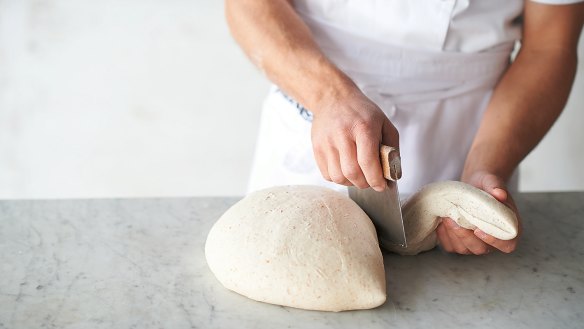
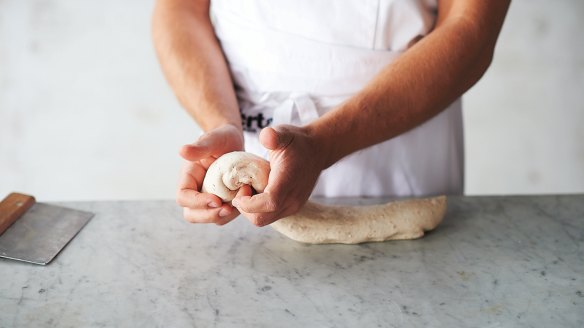
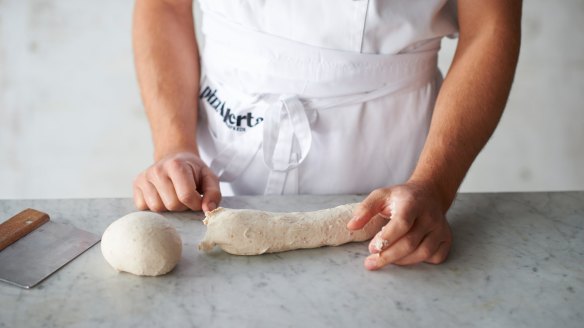
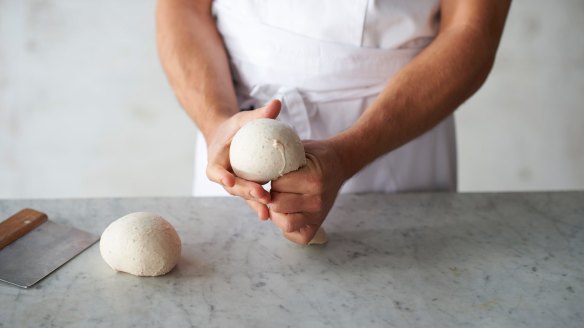
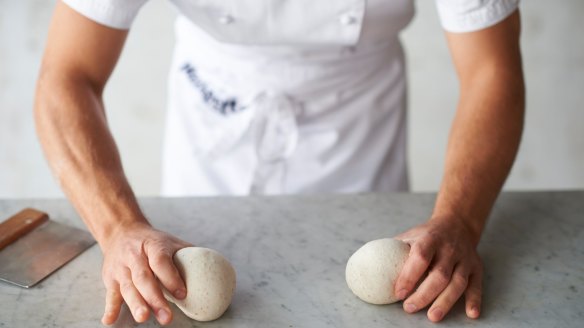
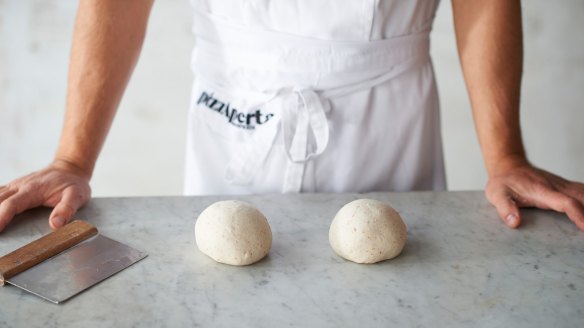
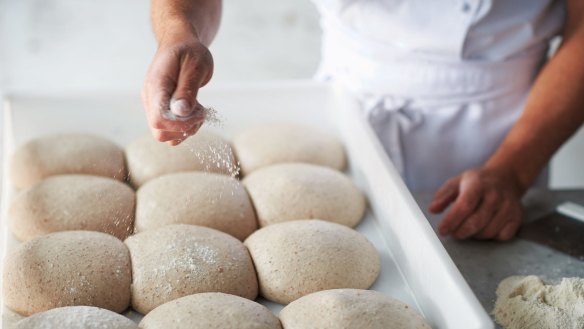
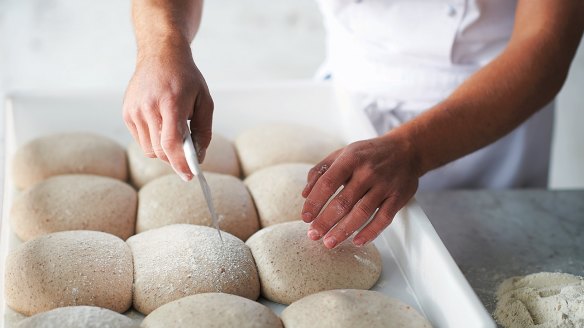
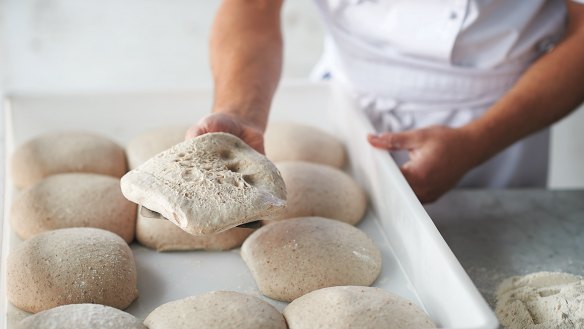
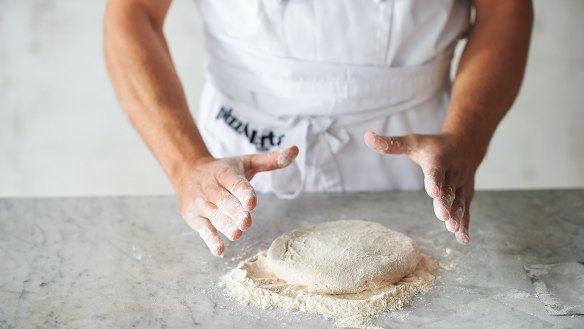
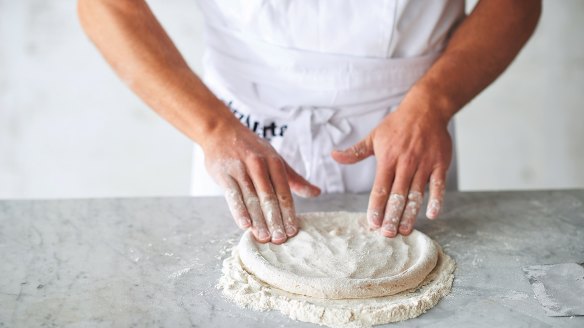
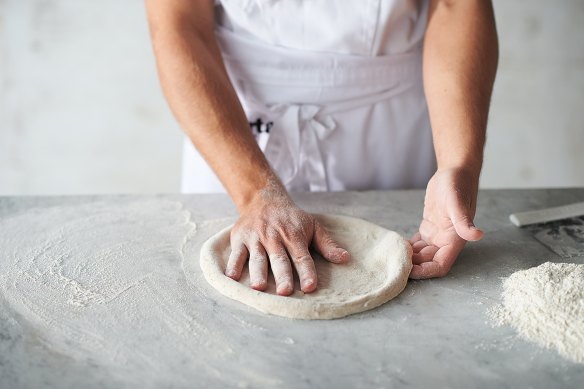
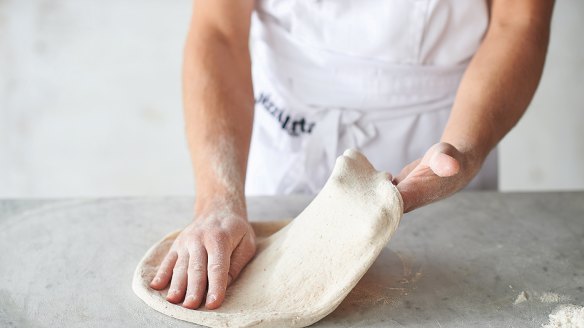
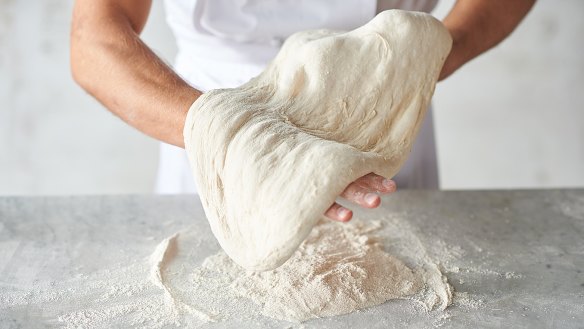

Pizza. Poll everyone the world over about their favourite foods, and this cheesy, saucy, crusty combination is likely to land at the top of many lists. But how many of those people routinely make it at home? Not enough.
We're here to say that it's worth the effort. After all, you can make your pizza any way you like. You can recruit your family and friends for a fun evening in. And the sense of accomplishment when you pull that gorgeous pizza out of the oven: priceless. Heck, even if it comes out less than gorgeous, it's PIZZA. You're gonna eat it.
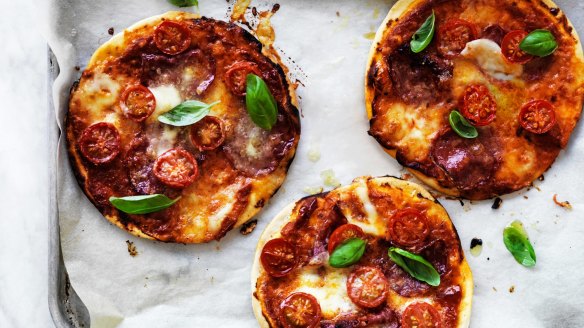
We understand the obstacles. Getting a pizza is as easy as placing a delivery order or swinging by your favourite neighbourhood spot. The dough can be finicky, unpredictable and intimidating, especially for novices. Plus, you have to plan ahead. Then, your kitchen gets hot – even though your home oven doesn't come close to the temperature a restaurant one can reach to achieve crust perfection.
Thankfully, we have learned a few tips and tricks – and recipes – that will set you on your way to success. Sure, shaping dough takes practice, but the right recipe and technique make the job that much easier. We can also help if you would rather your pizza base be wholemeal or even gluten-free. No wood-burning oven? No problem. A super-hot cast-iron skillet and your grill can do the job.
Once things are getting hot, move quickly. Have your ingredients prepped and ready to go.
Now let's start slinging some pizza tips.
Crank it up
Heat is crucial. It helps give your crust the right colour, texture and rise. So preheat your oven – as hot as it can go – for at least 30 minutes. Cook the pizzas on a surface that has been preheated, ideally one that will retain and share the heat well, such as a pizza stone or cast-iron pan. Heating your cast-iron pan on the stovetop for a few minutes before baking works well. Just be sure to keep an eye on your pizza when it's in the oven, because at such a high temperature, it can burn quickly.
Give it time
Up to a certain extent, more time means more flavour. The yeast needs time to work, consuming sugars and creating the byproducts that make pizza dough taste so good. Time is also crucial for providing structure and lift. You can extend the process, and therefore the flavour, by allowing dough to rest in the fridge for a few days. If your recipe calls for just a few hours , don't cut it short. Your patience will be rewarded.
Stretch it out
Shaping the dough takes some getting used to. Traditional Neapolitan-style pizza dough uses bread flour, so it's elastic and can stand up to more handling. Stretch it on the bench first and then drape the dough over your clenched fists. A less elastic dough, requires more care, because it tears easily. Start by enlarging the round with just your fingertips and then gently tug it out. Regardless of your dough, use enough flour to keep it from sticking to your hands or work surface, and frequently rotate.
When it's gluten-free
As bakers with gluten-free expertise know, working with wheat-free pizza dough calls for different techniques and methods. Its consistency is spongy and damp; wet your hands to keep it from sticking. Resting times are in minutes, rather than hours. Because the dough is so wet, it's best to par-bake the crust before you add toppings. You can refrigerate the dough for a day, but freeze it only after it has been par-baked.
Top it right
Your standard delivery pizza may be loaded with toppings, but less is more when it comes to your homemade pizzas. An abundance can lead to a soggy, dense crust that isn't cooked through. Pre-cooking the toppings also cuts back on their moisture and ensures that they're not still raw by the time the crust is done. You can always add freshly grated cheese, herbs, greens (such as rocket), honey and/or olive oil when the pizza comes out of the oven.
Don't sweat it
It sounds cliche, but the adage "practice makes perfect" is particularly apt when it comes to pizza. Whether you're a novice or a veteran, things can go wrong: The humidity affects the moisture of your dough, you tear a hole in the dough, your crust flops over when you try to transfer it to a skillet or pizza stone. (Been there!) So what? It takes time to learn your dough and your oven. It's okay. Patch together the dough, call the flopped pizza a calzone and eat up. More practice means more pizza, right?
The Washington Post
The best recipes from Australia's leading chefs straight to your inbox.
Sign up- More:
- How to